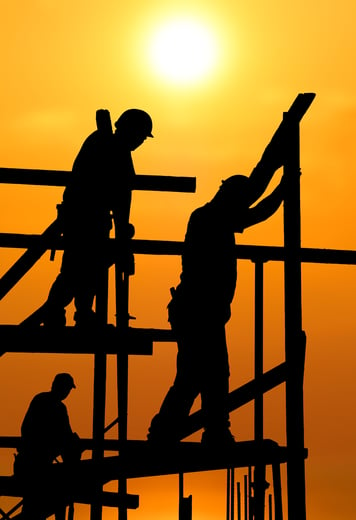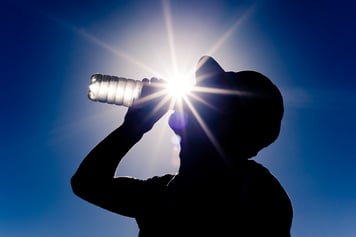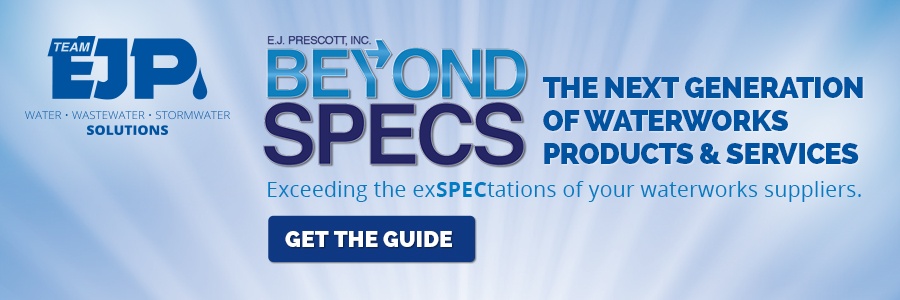The Heat Is On: Keeping Your Crew Moving with Hydration Safety
- Home
- Team EJP Blog
- The Heat Is On: Keeping Your Crew Moving with Hydration Safety
- Aug 4, 2016 6:58:44 AM
- Everett J. Prescott
If it wasn't hot, it wouldn't be summer. Unfortunately, that means you need to watch out for your crew to ensure they don't become dehydrated on the job or succumb to heat-related illnesses and injuries. Here's a quick guide to keeping your crew moving without endangering their condition.
Heat-Related Illness and Injury

- Heat Rash: These small red bumps occur when the skin can't be kept dry. Wearing clothing that can wick the moisture away from the skin along with drying body powders should help get this annoying condition under control, as will working in a cooler, dryer environment.
- Heat Cramps: Causing cramps in major muscle groups such as the abdomen, legs or arms, heat cramps occur when your body starts becoming low on electrolytes. Have the worker rest in the shade, take liquids and wait several hours after the cramps stop before returning to strenuous work.
- Heat Exhaustion: Despite it's name, the worker may have cool, damp skin. They may also sweat heavily, and have a headache, nausea, vomiting, dizziness or weakness. They may be irritable or thirsty and have a fast heart rate. Make the worker rest in a shaded area with plenty of cool liquids that restore electrolytes and cool the body with cold compresses.
- Heat Stroke: If your worker is sweating excessively, has red, dry skin, is fainting, having seizures, has a high fever or is confused, these are signs of heat stroke, which can be disabling or deadly if not treated immediately. Immediately call 911 while putting the worker in a cool, shaded area, loosening or removing clothing, placing cold packs in the armpits, wetting and fanning the worker and pushing liquids. Do not leave the worker alone until help has arrived.
On-the-Job Hydration Tips

- Hard to keep water bottles handy? Bring a camelback water backpack to keep water close at hand.
- If your workers complain of stomach issues, thin electrolyte drinks like Gatorade with water by half.
- Try to avoid red or even orange electrolyte drinks as emergency medical services may have problems initially determining whether they have bleeding or not.
- Try to work earlier in the day or later in the evening instead of during the worst heat of the day between 11:00 am and 3:00 pm.
- If you must work during the heat of the day, try to take on tasks that are indoors or at least in the shade.
- Set up a cooling tent with a few misting heads on a hose to allow workers to cool while rehydrating.
- Encourage workers who insist on skipping electrolyte drinks to add vinegar or pickle juice to their drinking water.
- Don't allow your workers to use deionized water on the job, because it lacks the natural electrolytes they need to stay hydrated.
- Encourage salty snacks as it both promotes drinking more water and helps them retain water.
By keeping these simple tips in mind, you'll be able to keep your crew moving even in the hottest weather. At Team EJP, our focus is keeping your department running at full power, whether it's by giving you the information you need to keep your crew safe in the heat or supplying the products and services you need to get the job done right the first time. If you need help finding the right products or tools to get your job done effectively and efficiently, please feel free to contact us today for more information or with any questions.








